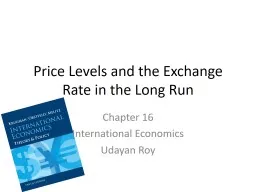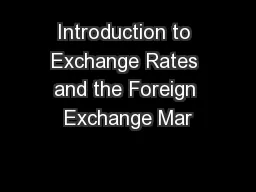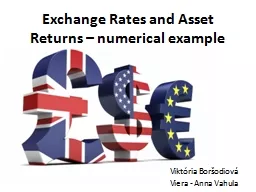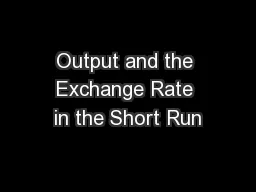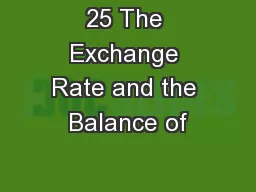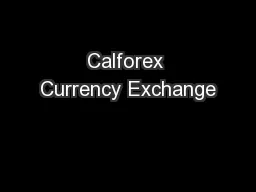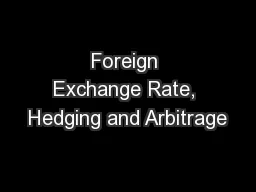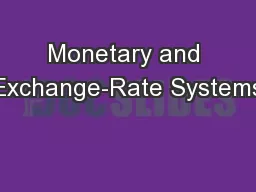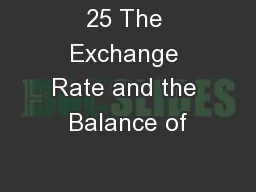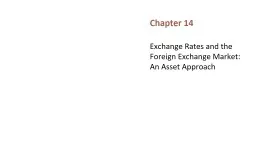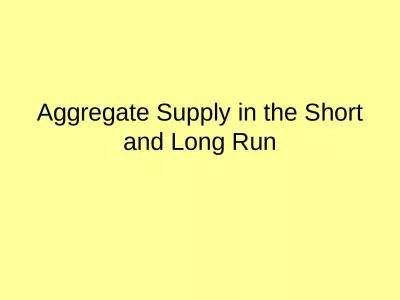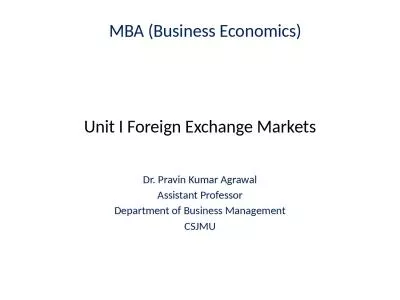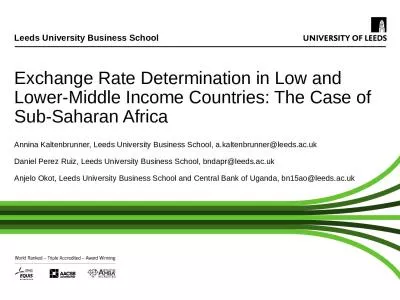PPT-Price Levels and the Exchange Rate in the Long Run
Author : phoebe-click | Published Date : 2018-11-21
Chapter 16 International Economics Udayan Roy Long Run and Short Run Long run theories are useful when all prices of inputs and outputs have enough time to adjust
Presentation Embed Code
Download Presentation
Download Presentation The PPT/PDF document "Price Levels and the Exchange Rate in th..." is the property of its rightful owner. Permission is granted to download and print the materials on this website for personal, non-commercial use only, and to display it on your personal computer provided you do not modify the materials and that you retain all copyright notices contained in the materials. By downloading content from our website, you accept the terms of this agreement.
Price Levels and the Exchange Rate in the Long Run: Transcript
Download Rules Of Document
"Price Levels and the Exchange Rate in the Long Run"The content belongs to its owner. You may download and print it for personal use, without modification, and keep all copyright notices. By downloading, you agree to these terms.
Related Documents

